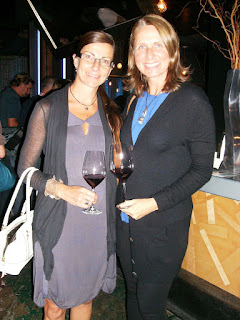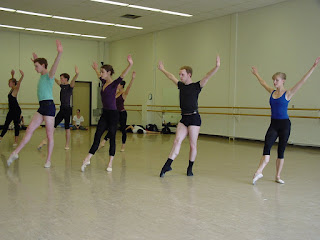
Vine and Dine Gives Perfect Holiday Pairings
The menu featured six small courses, each paired with wines from a different country. First there was Portuguese bacalhau da consoada - poached cod with egg and cabbage - matched by Casal Garcia Vinho Verde. Vinho vedre literally translates to ‘green wine’ and speaks to the youthfulness of this blend, which is bottled without aging and meant to be drunk right off the shelf. The wine comes from the north of Portugal. It is fresh and slightly bubbly, a perfect balance to smoky, earthy flavoured food. Then a taste of Chilean sea bass arrived, with a sample of Botalcura Chardonnay/Viognier. The highlights of the meal were yet to come, though, in the form of a succulent braised wild boar belly from Italy and French-style smoked duck breast with toasted pistachio nuts. Those were paired with Masi Campofiorin and Coudoulet de Beaucastel, both full-bodied reds. Typical Canadian holiday fare was provided in the form of turkey with gravy and stuffing, paired perfectly with Gray Monk 50 Red from the Okanagan Valley.
Although she had not tasted any of the dishes prior to the event, Garson was pleased with the pairings. The menu was created especially for the occasion, in partnership with the multi-cultural talent of the hotel’s kitchen staff.
“None of these are available on the typical menu,” explained Carrie Larose of International Hotels, “We wanted to show that the hotel can really provide whatever you want for catering or functions. We also want to provide food that is not typically found in Calgary - or hard to find - and cater to that niche.”
Guests ranged from regular Vine and Dine attendees, like Heidi Wiebe and Wendy Walters, to pure vino-philes like importer Jocelyn Morgan, to culinary adventurers like Ann and Jim Murphy, who are set to travel through Southeast Asia with local food critic John Gilchrist next month. Their trip is organized through the University of Calgary, where Gilchrist teaches, and will include a two-day workshop on ‘Food and Culture’ at the campus before a two week trek through Thailand and Cambodia.
A large and jovial group of sixty-five patrons dominated one side of the room. They were managers of Boston Pizza franchises, enjoying a company Christmas party in high style. Dennis and Betty Bailey, owners of several Boston Pizza restaurants in the Calgary area, were among them.
After each course, there was a draw for two prizes: a bottle of one of the wines sampled, and a gift bag including chocolates and other treats. The majority of the randomly awarded prizes went to the Boston Pizza crowd. After dinner, the tables of the ballroom were cleared to allow dancing late into the evening.
Published in National Post on December 12 2009






























